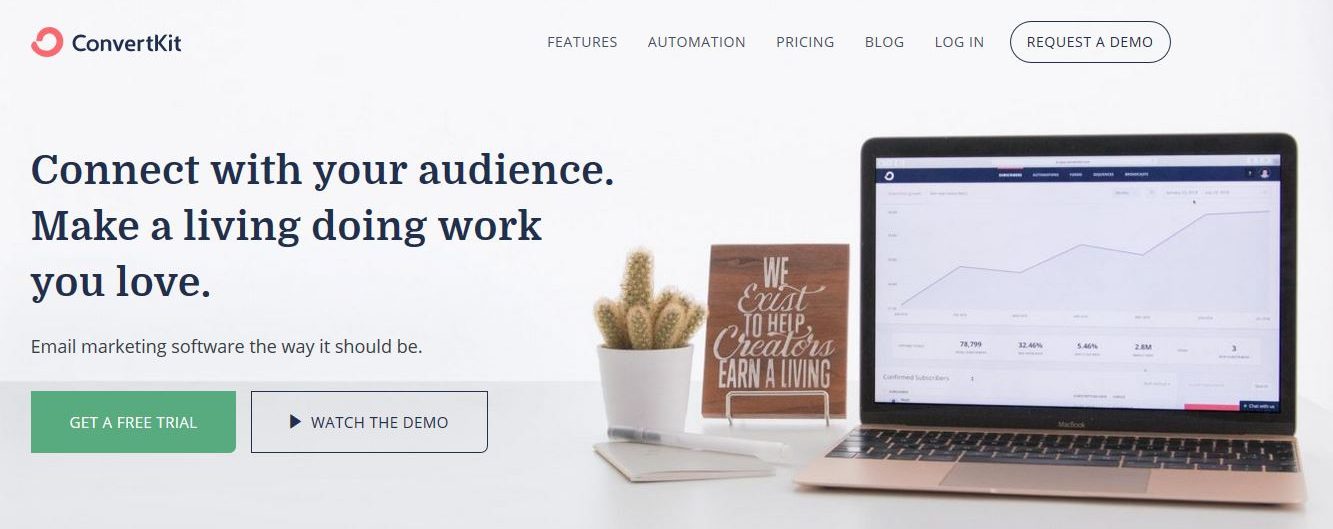My daughter started getting into gardening last April—like so many folks—during the pandemic. It helped to quiet down the raging anxiety inside her. Like her mama, she soon discovered that she loved to garden. Unlike her mama, she found that she absolutely adores growing plants from seeds. I have little patience for seeds. I just want to jump right into the plant stage and keep going. She likes the magic of the sprout pressing its little pale green body against the earth, erupting from something hard and small into something much bigger above ground. She likes knowing that she brought something to life and kept it going.
During our stay with family for April and May of 2020, she planted seeds and plants, and tended to her “babies” each day. Once we decided we were going to move to a new city and into a home with a yard, she planned to begin sprouting seeds to be ready for planting once we found the right house.
Since we moved into said “right house,” she and her Grandmapa cleared an area of the yard, built, filled, and planted a huge raised bed. She filled that bed with radishes, tomatoes, yellow squash, carrots, bell peppers, and a mystery pepper plant that her brother found at an Asian market labeled “Crispy Peppers.” She has also grown-from-seed potted green beans, green onions, cucumbers, and chives.
I keep sneaking photos of her through the kitchen window while she’s out in the backyard gardening, her faithful pup nearby. This is a little chunk of heaven to me, watching her create beauty in the world in a way that is new to her. A way that barely involves a smartphone. It reminds me of my mom and all the gardening lessons she taught me when I was a child; lessons that stick with me to this day.
Growing up Christian, the gardening and seed-related metaphors were plentiful. Faith of a mustard seed, fallow soil, fertile soil, etc., etc. I don’t mean to add my own metaphor to the mix BUT well, all this gardening (or watching gardening), got me thinking about how we’re all in these different seasons of our lives. (And also, that this specific moment/pandemic is exposing the varying degrees of poison in the soil so-to-speak.)
When it comes to your life, whether you’re in a planting phase, a seedling stage, or just fucking hoping there’s soil at some point phase, I want you to know there’s hope. Life always keeps going. That we can be sure of. Maybe not how we’d expect, but it does.
Maybe right now is a time for you to plant seeds and patiently take care of that promise of sprouting that you just cannot see quite yet. Or perhaps you’re tilling the soil; or you’re letting it lay fallow, generating the healing that it takes to be fertile for your dreams again. Then again, maybe you’re just trying to figure out how to rid the soil of the poison. All I can tell you—from being in every damn one of those phases—is KEEP GOING. Get through this hour, this job, this task, this night. You are not defined by any one phase of your life. And if it’s time to do more, do it. If it’s time to regroup, do that. Whatever it is deep down that you know you must do, do that.
And never, ever listen to someone who tells you to give up on your dream.
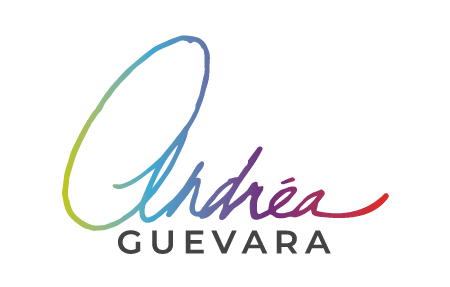

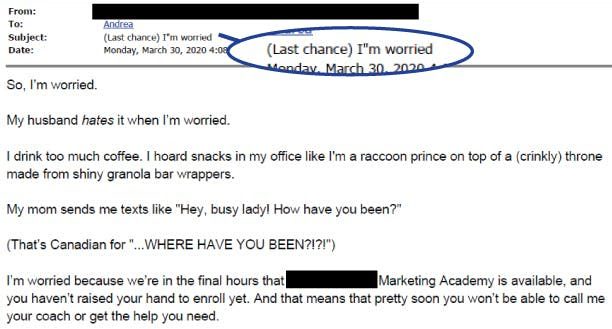
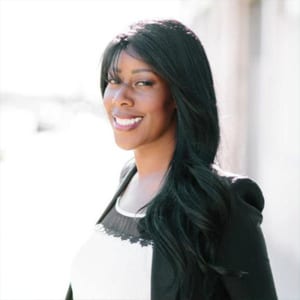 Natashia Deón
Natashia Deón
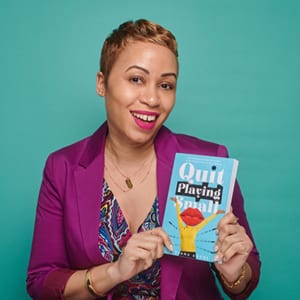
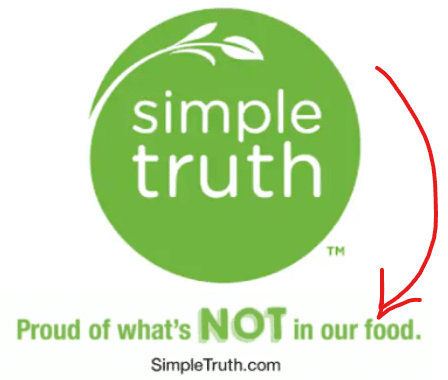
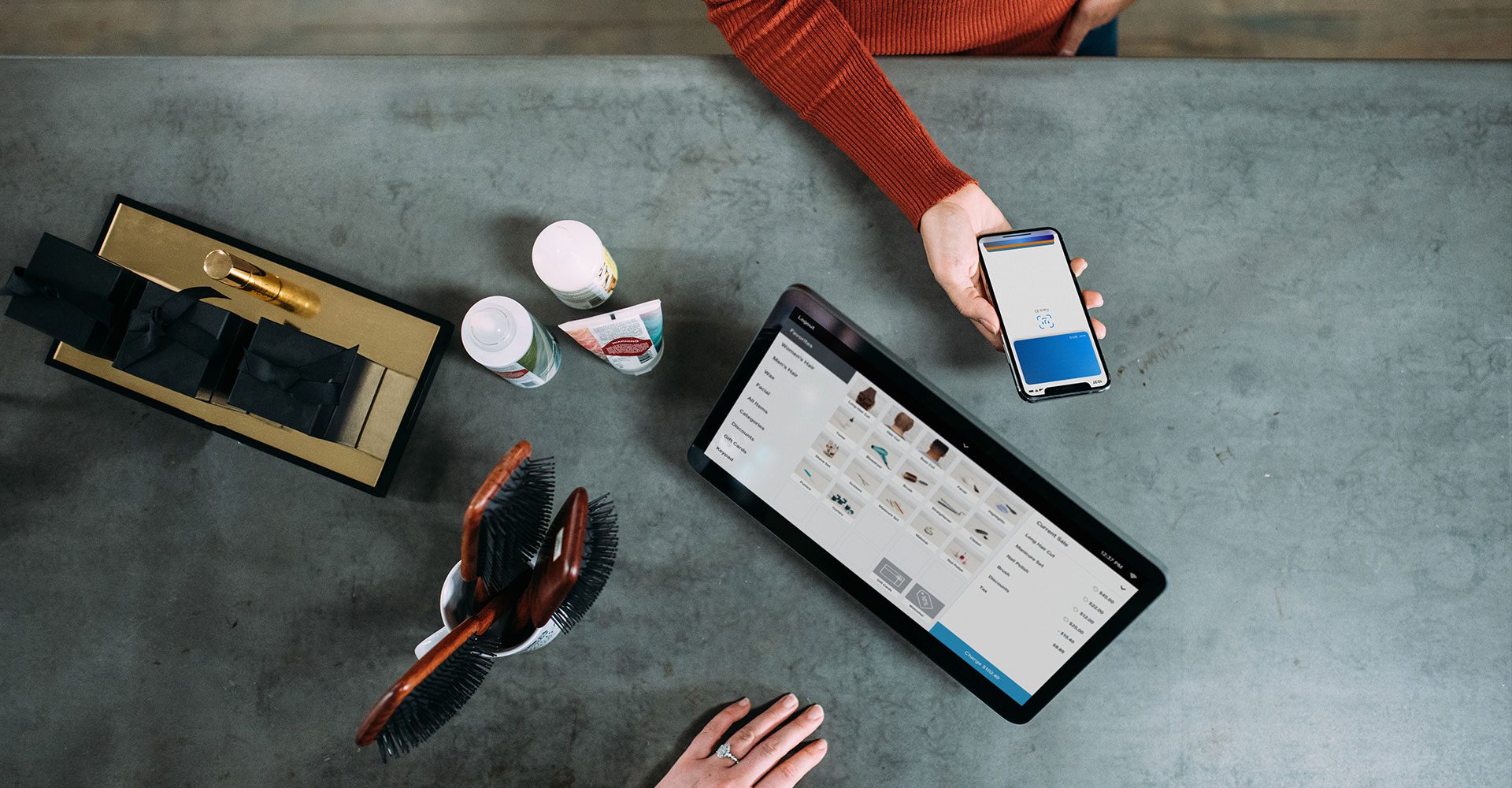
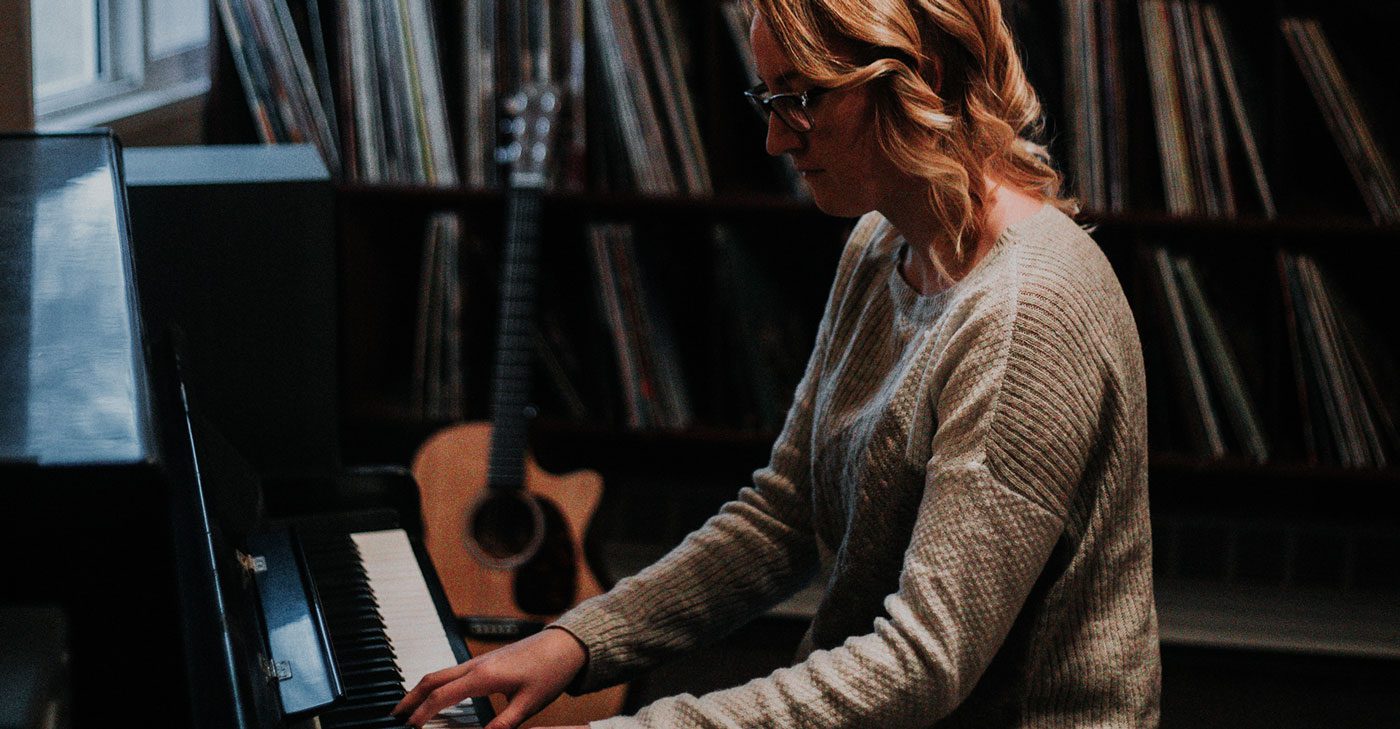

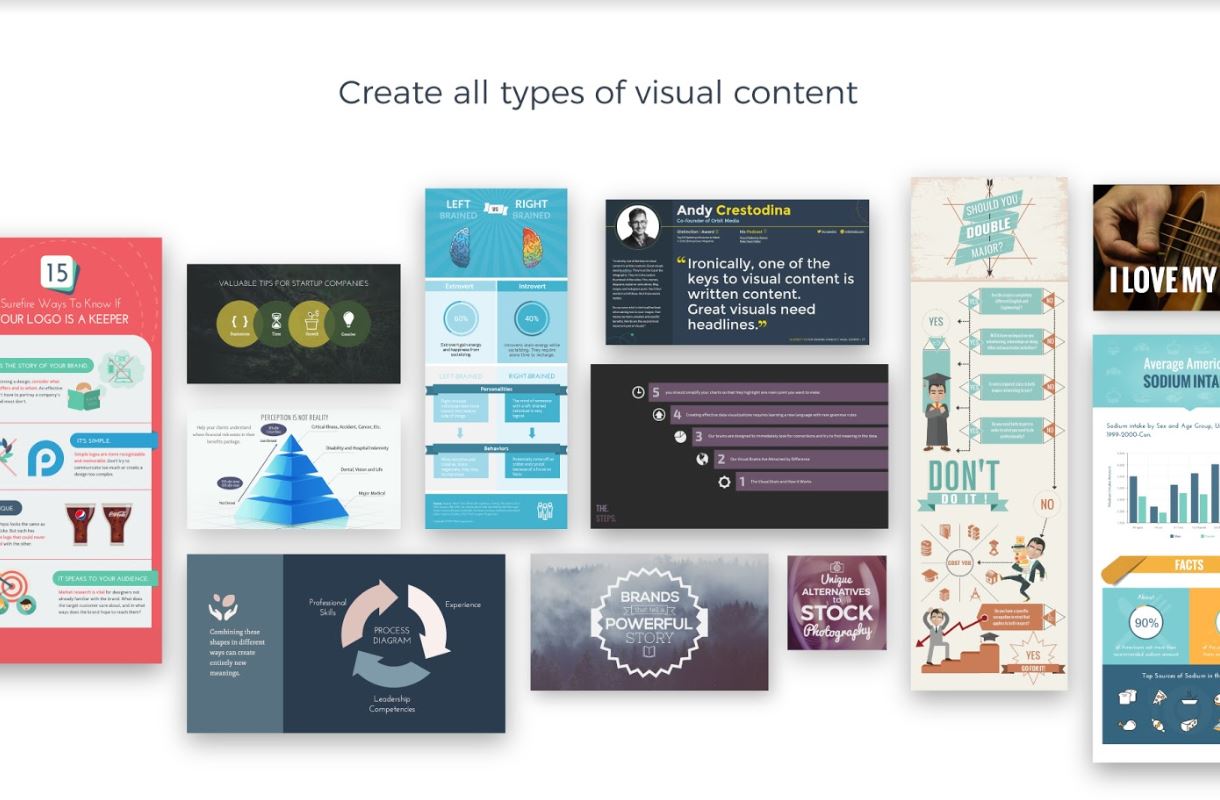

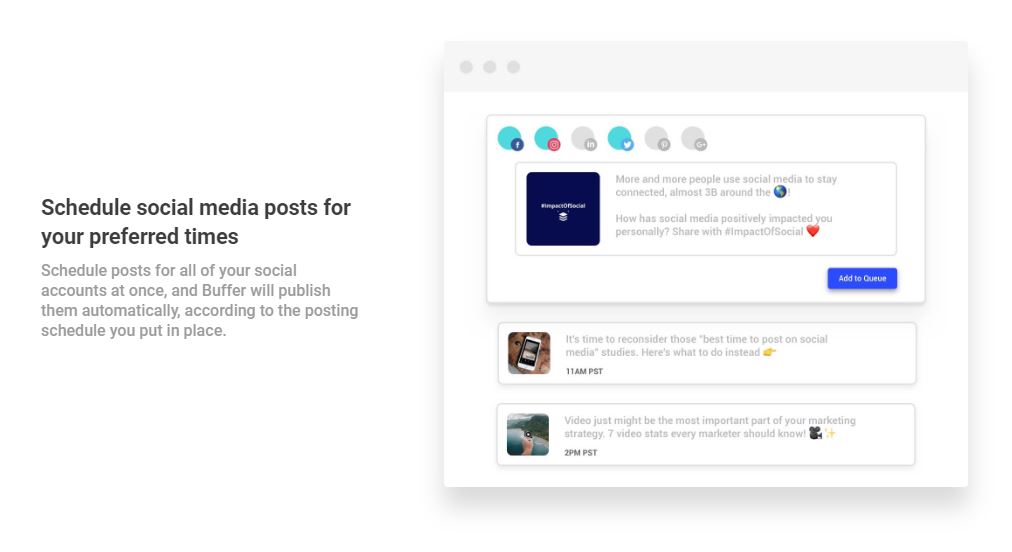 Favorite features:
Favorite features: